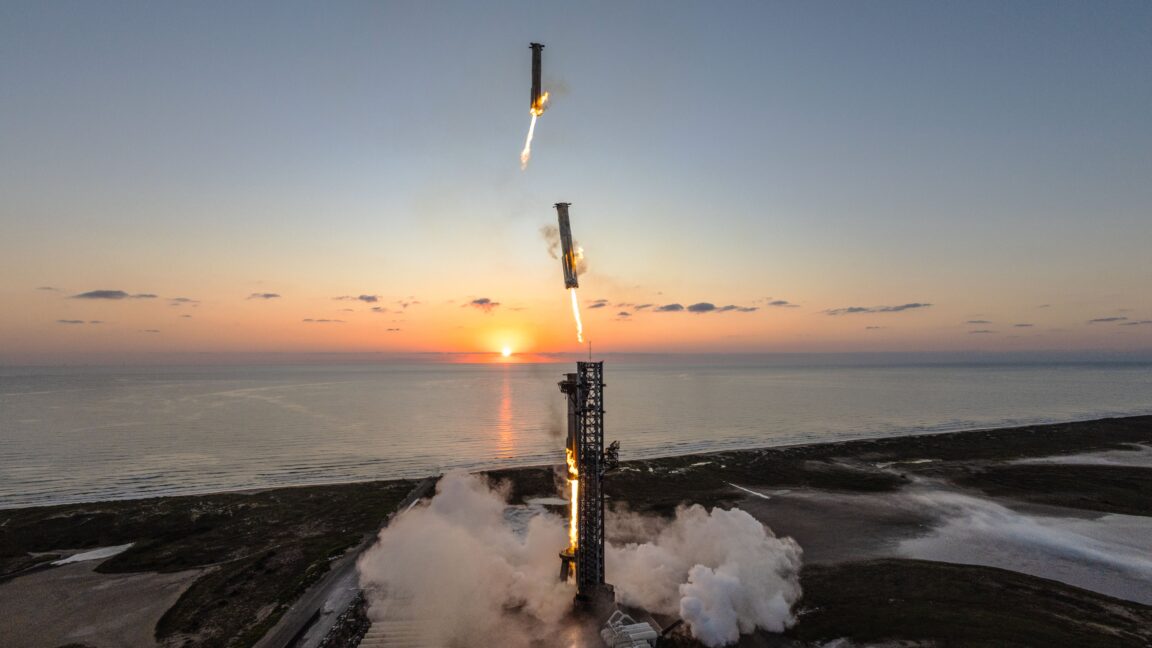
Based on https://arstechnica.com/space/2024/10/spacex-has-caught-a-massive-rocket-so-whats-next/
I substituted quarters for the vague "early", "mid", "late" phrasing and gave each prediction at least a six-month window.
All options refer to the first time a given milestone happens after market creation. Too early = NO.
Added clarifications:
Starship second stage landing on land: Should be a soft landing/catch where it stays upright and doesn't immediately explode. I.e. at least as successful as the SN10 landing from the suborbital campaign.
Update 2025-25-01 (PST): - Loiter near the Moon: The Starship vehicle must demonstrate the ability to loiter near the Moon for at least a day. (AI summary of creator comment)
Update 2025-25-01 (PST): - Loiter near the Moon:
Demonstrate the ability to loiter near the Moon for at least 24+ hours between launch and the last engine firing of the mission. (AI summary of creator comment)
People are also trading
@Multicore
Re-flight of a Super Heavy first stage in Q1 or Q2 2026
can resolve no as it happened too early.
What counts as "long duration test flight"? I've been assuming multiple days, but then here NASA calls it:
Lisa Watson-Morgan: We call it long duration just because it's not a 45-minute or an hour flight. Long duration, obviously, that's a relative statement, but it's a system that can stay up long enough to be able to find another Starship and perform those maneuvers and flow of fuel and LOX.
Via https://arstechnica.com/space/2025/01/heres-what-nasa-would-like-to-see-spacex-accomplish-with-starship-this-year/
Which would basically mean that any refueling flight is also a long duration test flight (but not vice versa)
@Mqrius The article imagines it as "intended to demonstrate the ability of a Starship vehicle to loiter near the Moon". Probably at least needs to be at least a day.
In space relight planned for the next flight, as soon as a couple weeks from now.
https://www.spacex.com/launches/mission/?missionId=starship-flight-6
Edit: Nvm, I'm dumb
